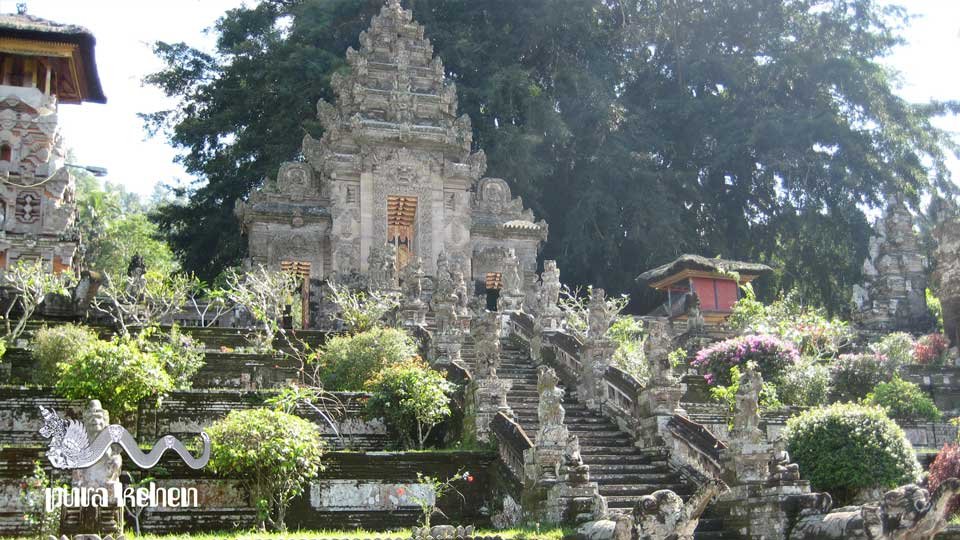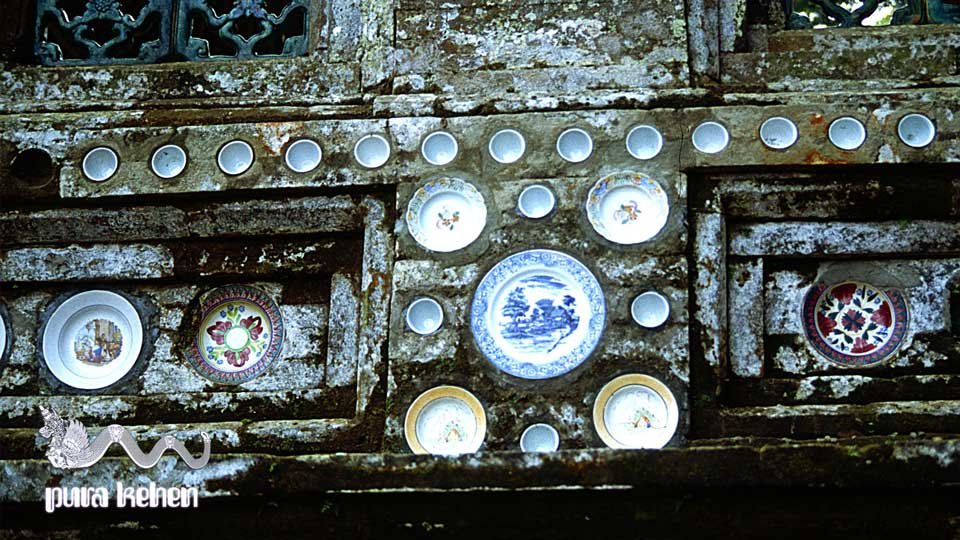Culture and history info
Pura Kehen was the main temple of the Bangli Regency. Bangli Regency was formerly the center of a kingdom known under the same name. The Bangli Kingdom was one of the nine kingdoms of Bali. The name Bangli derives from bang giri, meaning "red forest" or "red mountain". The Regency of Bangli was founded by the Gelgel Kingdom of the Majapahit dynasty.
Pura Kehen was mentioned three times in three copper inscriptions dated from the late 9th-century, the early 11th-century, and the 13th-century. The copper inscriptions mentioned the temple under different names. In the late 9th-century inscription, the temple was mentioned as Hyang Api ("god of fire) by the Brahmans who maintain the temple. In the second inscription dating to the early 11th-century, the temple was named Hyang Kehen; the word Kehen is derived from the Balinese word keren which means "flame". In this period, the Pura Hyang Kehen was the official temple where oath ceremonies took place for royal officials. In such ceremonies, those who are proven unfaithful will be subjected to the terrible sapata ("curse") to him, his families, and his descendants. The oath ceremony was performed in front of the figure of Hyang Api or Hyang Kehen, the god of fire Agni.[2] A vessel known as bejana sarpantaka was used for such performance; this vessel, which is decorated with four serpents winding around the vessel, was kept in an enclosed pavilion to the east of the main shrine of Pura Kehen.
The temple was named Pura Kehen in the 13th-century inscription. All inscriptions mentioned the association of Pura Kehen with the village of Bangli.




